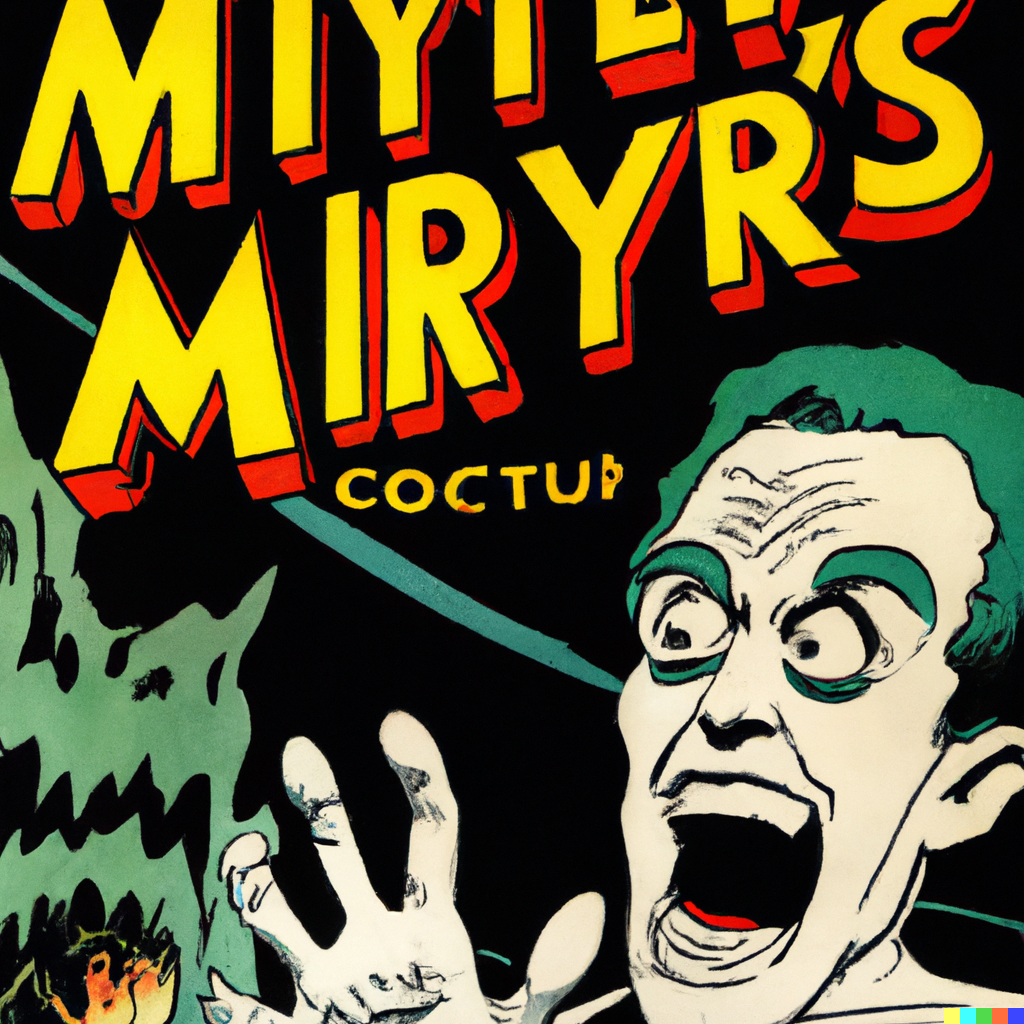I have 2 drives in my machine. Linux right now is installed on 1/4 of the first drive and I am going to start moving parts of my 2nd drive, which is just games on Windows, to a 1/2 combo of NTFS and BTRFS. Essentially giving Linux more space as it replaces Windows as my gaming daily driver. With the eventual plan to move that entire 2nd drive over to BTRFS, and allow Windows to have 3/4 of the 1st drive for games that only run under it.
Curious how folks have set this up. Currently I have Steam, Heroic and Lutris installing to ~/Games. So it may make sense to mount my new drive there, but I am not sure that in home folder mounts make sense. I also realize I could potentially use BTRFS to make it look like my space is all one mount point vs multiple, but given the complexity of that filesystem I am worried there is a downside I am not aware of.
Any suggestions? What has worked for you for your setup?
I have 4 drives. An NVMe drive with four partitions: 500MB /boot 64GB Swap 100GB / and the rest of the 1TB goes to /home. Then I have a 1TB SSD for games which is mounted to ~/Games. Then I have two 1TB HDDs, one for Music mounted to ~/Music and another for Torrents mounted to ~/Torrents. I also have an 8TB HDD coming which will be another torrents drive
Unrelated aside, I like running torrents on my NAS because I almost always have that on, plus I have ZFS on it so all the data is reasonable durable.
I’d love to get a NAS but i’m a bit too stingy. That definitely sounds like a better solution than just leaving my machine on 24/7.
I wouldn’t recommend it, but my current setup is I reach into the computer, unplug one SSD and plug in the other. Not the most high-tech dual boot but yeah
Why not switch between the drives in the bios when you want to use the other?
I can’t leave them both plugged in because Windows keeps complaining that my drive is damaged and it needs to run a disk check. The reason I don’t set up grub or something else properly is mainly laziness. I use one OS for a project that lasts several months at a time so I don’t switch between them that often. It’s just not worth the time or effort to save two minutes every few months
Couldn’t you just configure your BIOS to boot from one or the other? I’ve never had Windows care about drives it’s not configured to use.
Probably could, but it’s not worth the time or effort. I switch so rarely that even if it only took five minutes to configure, that’s still more time than I spend switching in six months
There shouldn’t be any configuration, you just push F11 or whatever and select the other boot drive. I still do that when I boot into Windows like once/year.
I’d assumed you’d read my other comment. When I do have both drives plugged in at once, Windows always does a disk check on every startup, which takes a long time and is completely unnecessary. Just switching which device I boot from isn’t a good solution for my computer
As mentioned, I’ve never had that issue. I put the Windows disk in whichever slot it prefers and Linux in another, then configure the BIOS to prefer the Linux drive.
I think it’s doing the disk check because it’s in a different slot than it expects or something.
- 1TB NVMe SSD
- 512 MB EFI
- BTRFS partition for
/filling up the rest
- Ancient 128 GB SATA SSD
- Swap
- 1TB SATA SSD
- 500 GB Windows installation for VR games
- 500 GB BTRFS partition mounted at
/mnt/games
Since both my root and home are on the same BTRFS partition they share space.
I have made sure to create sub volumes for the Steam and Game install directories, to avoid taking snapshots of them.
Steam has 2 “libraries” registered, one in my home directory and one in
/mnt/gamesTwo libraries sound good, but I heard the Steam Flatpak has issues with libraries on multiple drives. Haven’t had a chance to try it myself.
- 1TB NVMe SSD
Logical volumes. it slows down IO on this setup but i don’t run IO intensive games. It allow me to just repartition and add drives as needed.
Wait, what? LVs slow down some games? I just finished setting up a new drive for games with them, but I didn’t know this. 😟
Yeah, logical volumes has a teeny bit of overhead, same with RAID. both together means you can run older things but things that have a lot of textures loading you will see some drop.
Is that the BTRFS raid mode or something else?
I think he is referring to LVM
2tb m.2: ext4, installation partition + general use
1tb m.w: ext4, secondary drive with some backup
(i dont have a nas yet :( )
I dont even want to think about how many partitions there are on my PC. windows has 4 or 5 just existing, then there’s root, home and swap plus 2 more for the 2 other drives. So… 9 or 10? its been a while since I had a reason to care.
As for what you should do, if you are replacing windows, it wont really matter what the format on the windows part is because youre going to need to back up the save data and reinstall those games eventually anyway. You cant really run the same game installs on both OSes.
My GPT setup:
- sda (SSD) ntfs 477 GiB Windows
- sdb (SSD) ext4 224 GiB Linux
- sdc (HDD) ntfs 931 GiB Windows Storage
- sdd (HDD) ext4 931 GiB Linux Storage
I only use half of each drive for its stated purpose. Then I backup onto a different drive in case of hardware failure. (This obviously does not protect against fire or theft.) Not exactly what you asked, but I’d already started copy/pasting…
Nvme ssd, 480 gigs = Linux root ext4, with a smol /boot/efi/ partition
Sata ssd, 480 gigs = windows install
Hdd, 1 Tb = Linux home ext4
External usb3.0 2tb Hdd = shared storage exFat
I use BTRFS for everything, and openSUSE Tumbleweed set up some decent mount points and automatic snapshotting for me.
I have two drives:
- NVMe drive - my BTRFS Linux partition and SWAP
- SATA SSD - Windows partition - pretty much unused
That’s it. It’s simple and it works. I used to do funky things with mount points and whatnot, but it’s more annoying than anything imo.
My NAS (openSUSE Leap) is similarly simple:
- SATA SSD boot drive - BTRFS with snapshotting
- 2 HDDs in a BTRFS mirror
I install nobara






